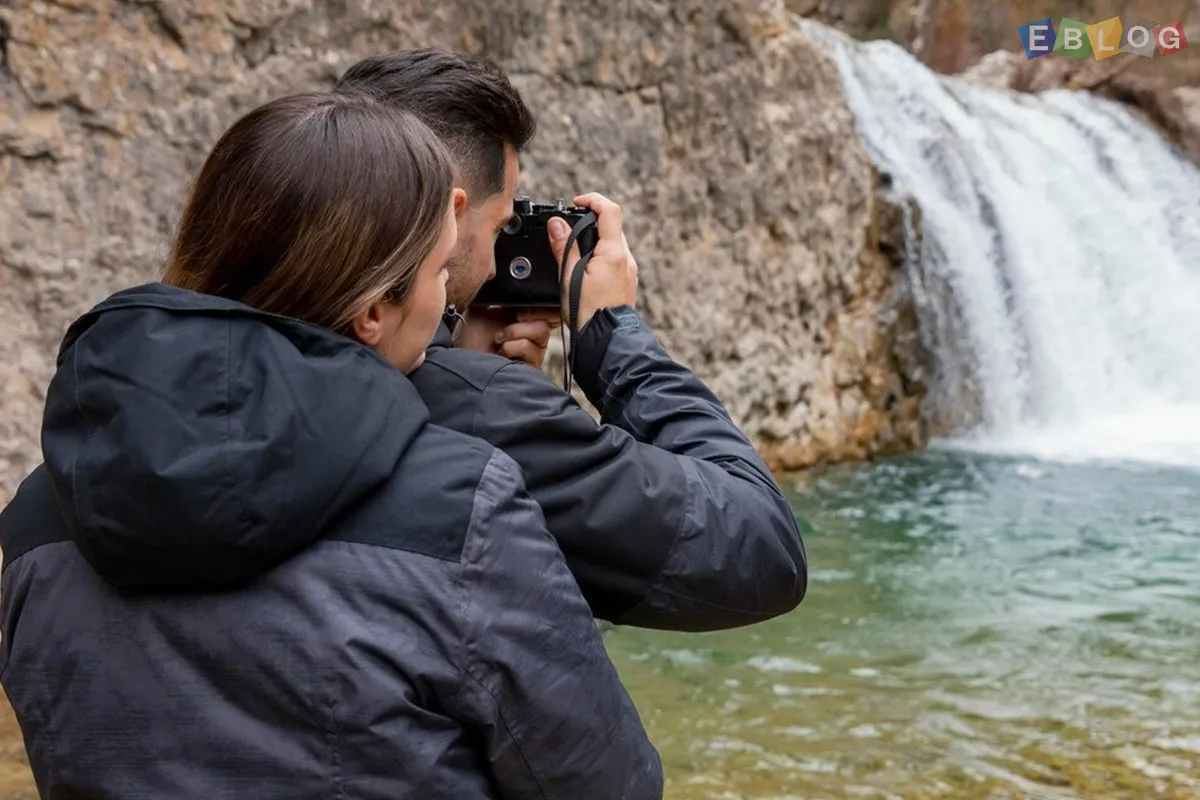
Travel Photography: Tips for Capturing Your Journey Like a Pro
- 12 Sep, 2024
- Travel
- 492 Views
- 0 Comments
Travel photography allows you to tell the story of your adventures in a visually compelling way. Whether you're hiking through stunning landscapes, exploring ancient cities, or tasting exotic cuisines, great photos can help you relive those moments and share them with others. To capture professional-level photos, however, requires more than just pointing and shooting. Below are some essential tips to elevate your travel photography game.
1. Plan Your Shots in Advance
While spontaneity often leads to some of the best travel photos, a bit of planning can go a long way. Research the destination beforehand, look up popular photo spots, and even check the weather forecast for optimal lighting conditions. Knowing the best times for sunrise and sunset will help you capture breathtaking landscapes during the "golden hour," when natural light is soft and warm.
Tip: Use apps like Google Earth or Instagram to scout out popular photo locations and angles before arriving.
2. Pack the Right Gear
Investing in the right equipment is key to getting professional-quality shots. While DSLRs and mirrorless cameras offer exceptional image quality and flexibility, a high-end smartphone can also deliver impressive results if you’re traveling light. Consider packing lenses that match your travel plans: a wide-angle lens for landscapes, a telephoto lens for wildlife or distant subjects, and a prime lens for low-light and portraits.
Essential gear to consider:
a. Camera body and lenses (wide-angle, prime, telephoto)
b. Tripod (for long-exposure shots)
c. Extra batteries and memory cards
d. A microfiber cloth (to clean your lens)
3. Master the Rule of Thirds
One of the simplest yet most effective composition techniques is the rule of thirds. Imagine your frame divided into nine equal sections by two horizontal and two vertical lines. Position key elements of your shot along these lines or at their intersections to create a more balanced and engaging photo.
Tip: Most cameras and smartphones have the option to display a grid on the screen to help you compose shots using the rule of thirds.
4. Focus on Leading Lines
Leading lines are naturally occurring lines in your environment that guide the viewer’s eye toward the main subject of your photo. These lines can be roads, rivers, bridges, or even architectural elements. Using leading lines can add depth and a sense of journey to your travel photos, making them feel more dynamic.
Tip: Experiment with different perspectives, such as shooting from a lower angle, to make leading lines more prominent.
5. Capture the Local Culture
Great travel photography isn’t just about landscapes—it’s also about the people, traditions, and cultures you encounter along the way. Be respectful, but don't hesitate to take portraits of locals or candid shots of everyday life. These moments tell the story of a place beyond its landmarks.
Tip: Always ask for permission when photographing people up close. A smile and a few local phrases can go a long way in building rapport.
6. Experiment with Lighting
Lighting can make or break a photograph. While natural light is often the best choice, the type of light matters. Soft morning light or the glow of the "golden hour" (the hour after sunrise and before sunset) is ideal for capturing landscapes and portraits. For cityscapes and nighttime shots, the "blue hour" (just after sunset but before it's completely dark) adds a moody, atmospheric feel.
Tip: If the light is too harsh, especially in the middle of the day, try shooting in the shade or using reflectors to soften the light on your subject.
7. Use a Tripod for Night Photography
Nighttime and low-light scenes, such as city lights or the stars, require long exposures to capture detail. A tripod is essential for stabilizing your camera during these extended shutter speeds, preventing blur. Whether you're photographing a lit-up skyline or the Northern Lights, keeping your camera steady will result in sharp, vivid images.
Tip: If you don’t have a tripod, find stable surfaces (like a rock, wall, or ledge) to place your camera on and use the self-timer function to avoid camera shake.
8. Tell a Story with Your Shots
The best travel photos aren’t just beautiful—they tell a story. Instead of focusing on standalone "postcard" shots, think about how you can capture a series of images that narrate your journey. Consider details like food, signage, and transportation to add variety to your visual storytelling.
Tip: Create a shot list that includes wide, medium, and close-up shots to cover all angles of your trip and provide context to your audience.
9. Don’t Forget About Post-Processing
Editing your photos can elevate them from good to great. Even small adjustments like increasing contrast, adjusting exposure, or fine-tuning color balance can make a big difference. Use editing software such as Adobe Lightroom or Photoshop for detailed edits, or apps like Snapseed and VSCO for quick adjustments on your phone.
Tip: Avoid over-editing. Subtle enhancements should aim to bring out the best in your photos while maintaining their natural look.
10. Capture Candid Moments
While posed shots are great, candid moments often convey the most authentic feelings of a place. Keep your camera ready to capture spontaneous, unscripted moments, whether it's a local street performer, a market scene, or fellow travelers lost in conversation. These genuine interactions often create the most memorable travel photographs.
Tip: Use a fast shutter speed to freeze candid moments and ensure the subject is sharp and in focus.
11. Include a Sense of Scale
Incorporating a sense of scale can give context to the vastness of the landscape or monument you're photographing. To do this, try including a recognizable object like a person, vehicle, or tree to illustrate the enormity of the surrounding environment. This technique helps the viewer appreciate the true grandeur of the scene.
Tip: Place the person or object at a distance to emphasize the size of the landscape.
Conclusion
With the right techniques and mindset, anyone can take professional-quality travel photos. From mastering composition and lighting to capturing candid moments and editing thoughtfully, these tips will help you elevate your photography skills. Most importantly, enjoy the process—travel photography is about capturing the essence of your journey, and each photo tells a story worth sharing.


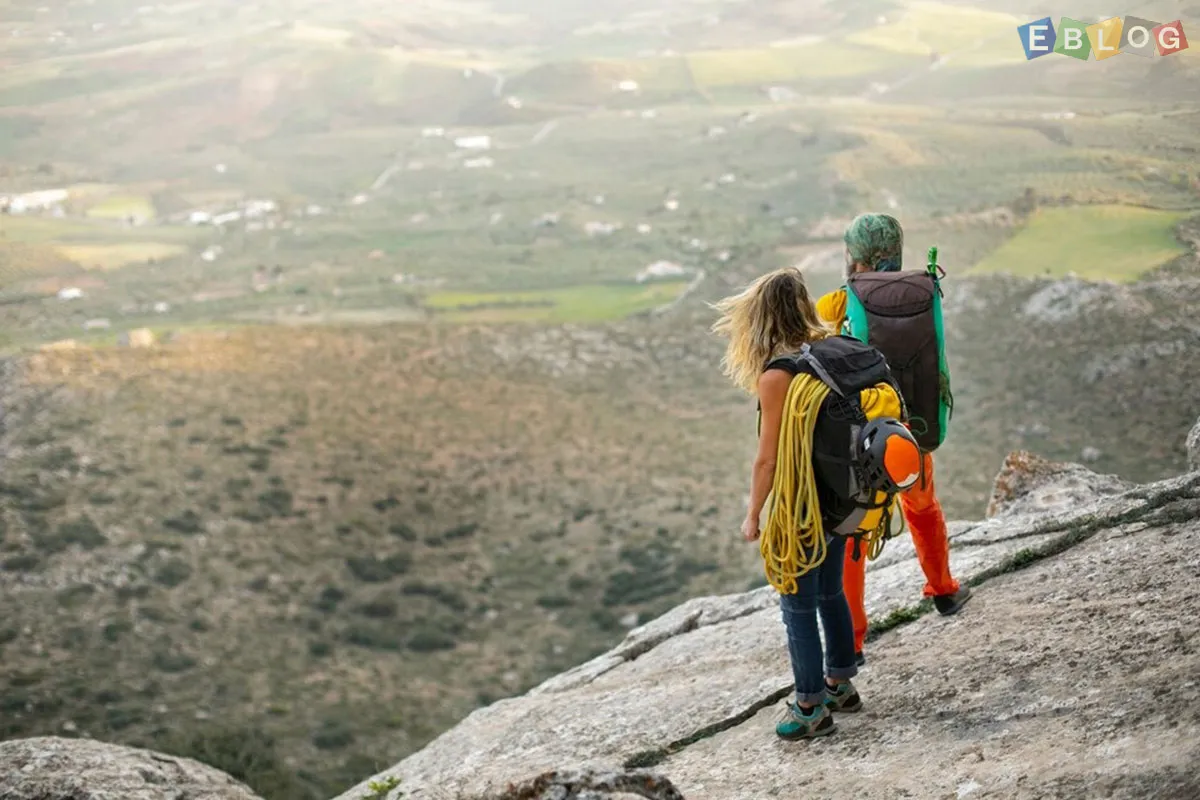


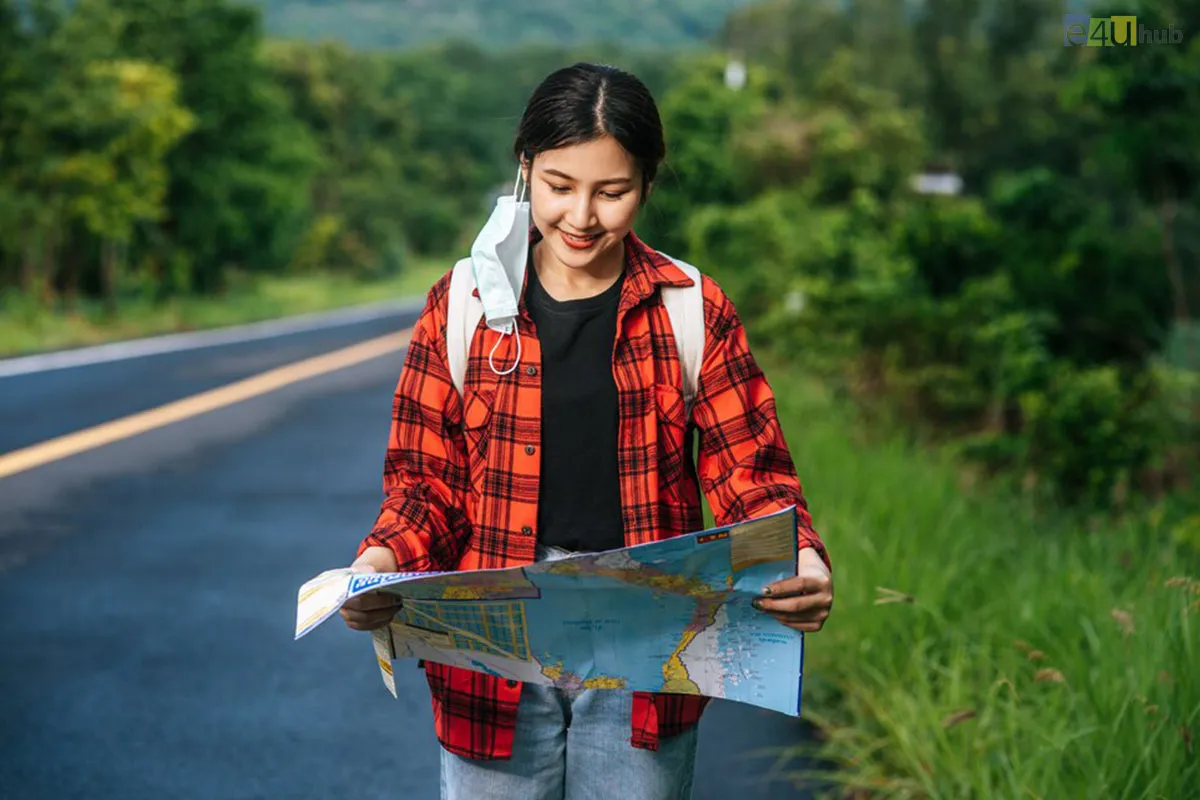
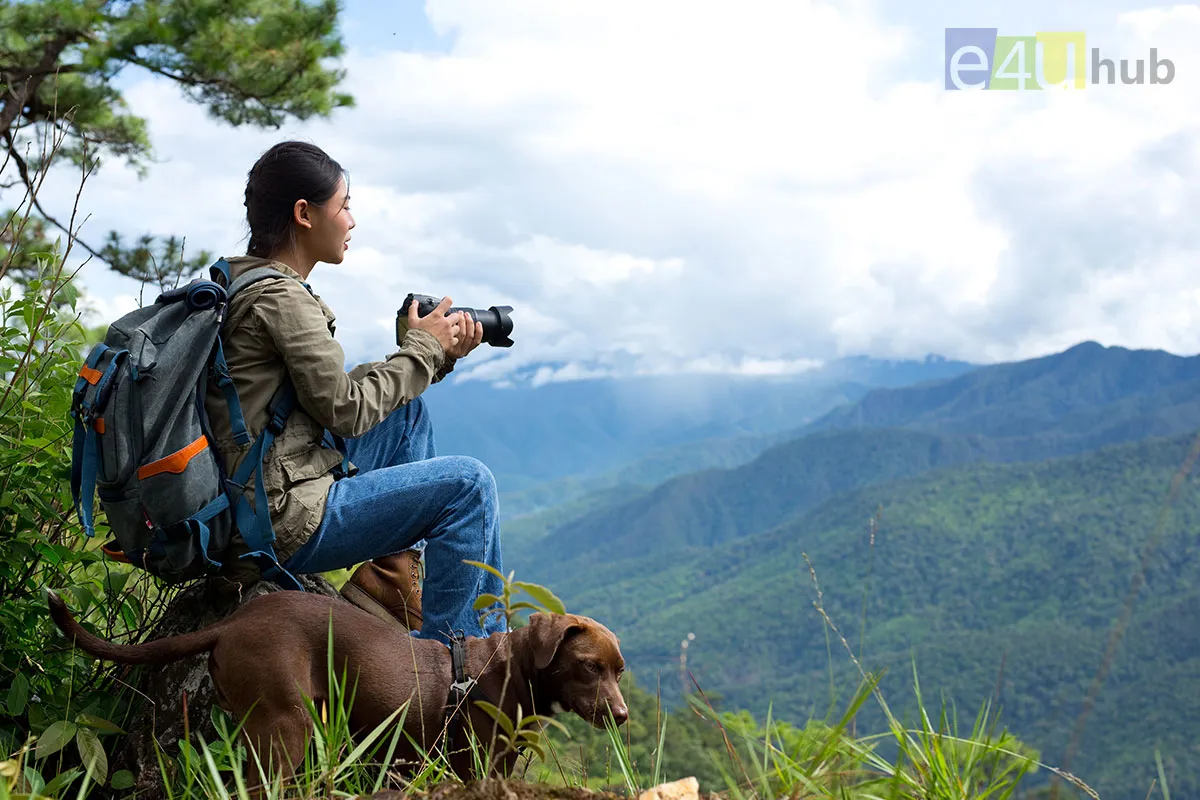



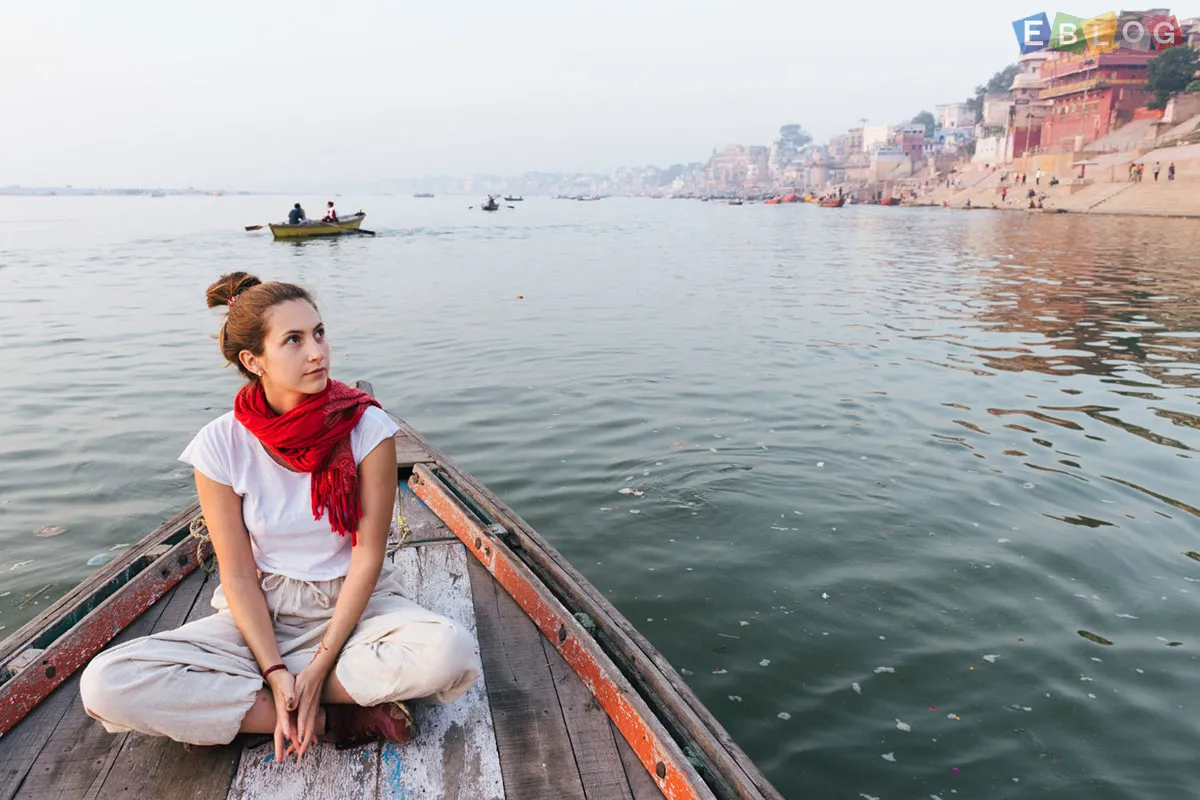

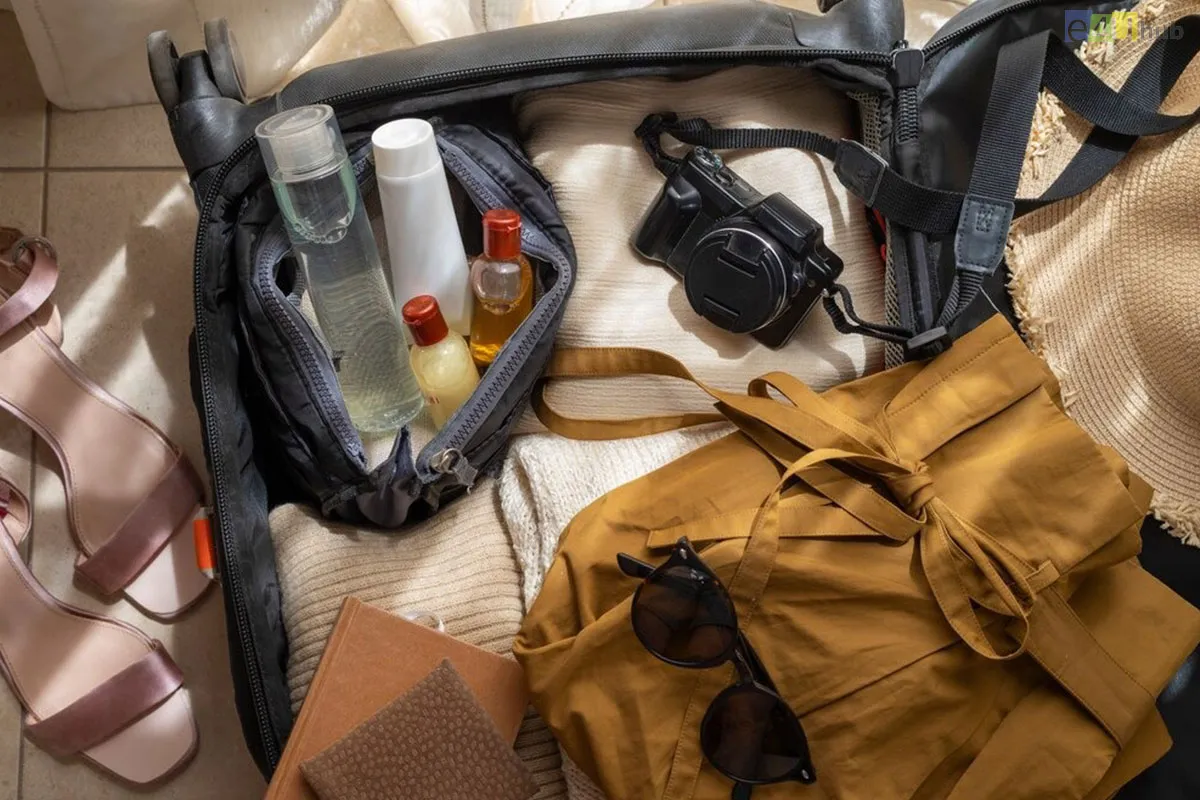

Leave a Reply